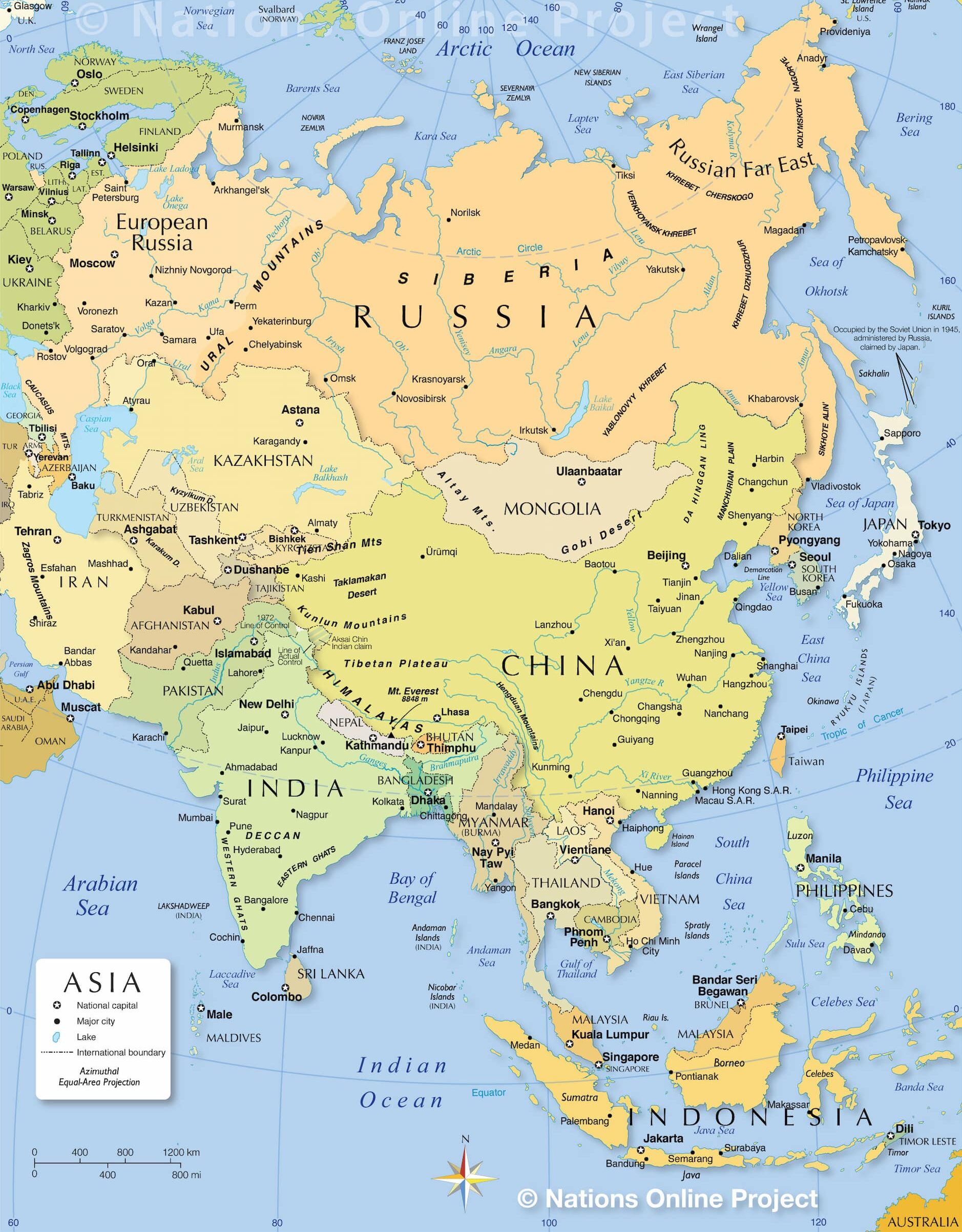Module 5: Labor Organizing: The New York Taxi Workers Alliance (NYTWA)
Was Asian American Activism successful in improving the lives of Asian Americans?
This module presents another key example of Asian American activism by describing how the New York Taxi Workers Alliance (NYTWA) fought to improve the working conditions of taxi drivers around the city. In New York City (NYC), most people use the subway, taxis, or app-based ride-share services (like Uber and Lyft), rather than driving their own cars to get around.
Taxi drivers thus offer a crucial service to the city and keep it moving. However, while taxi drivers used to be able to make a decent living, today, they can barely put food on the table, despite working twelve hours a day, six days a week. Taxi driver Mohammed Hoque stated: “It’s an unhuman life. I drive and drive and drive. But I don’t know what my destination is.” 1
Hoque found hope in the extraordinary activism of the New York Taxi Workers Alliance (NYTWA), which united and organized taxi and app-based drivers in the city. Notably, almost all taxi drivers in NYC are immigrants and people of color. About 60 percent of drivers are South Asian who trace their ancestry back to India, Pakistan, Sri Lanka, or Bangladesh.

Image 41.05.01 — Taxi drivers are a diverse group coming from different countries and speaking different languages. The New York Taxi Workers Alliance (NYTWA) has been able to organize across these differences of language, culture, and religion. When the NYTWA started, about 60–70 percent of cab drivers were South Asian, mainly Indian, Pakistani, and Bangladeshi. Today, many drivers are also Nepalese, Tibetan, Burmese, Malaysian, and Chinese. Others are West Africans from Ivory Coast, Burkina Faso, and Senegal. This map shows the countries in Asia where drivers have come from..
Created date, created by Name, Title Italicized. Credit line indicating where the image is from. Metadata ↗
Who are the New York Taxi Workers Alliance (NYTWA) and what are their goals?
How has the gig economy impacted taxi and app-based drivers, and how has the NYTWA organized for workers’ rights?
During the COVID-19 pandemic, how did the NYTWA work to provide support for taxi drivers as front-line workers?








